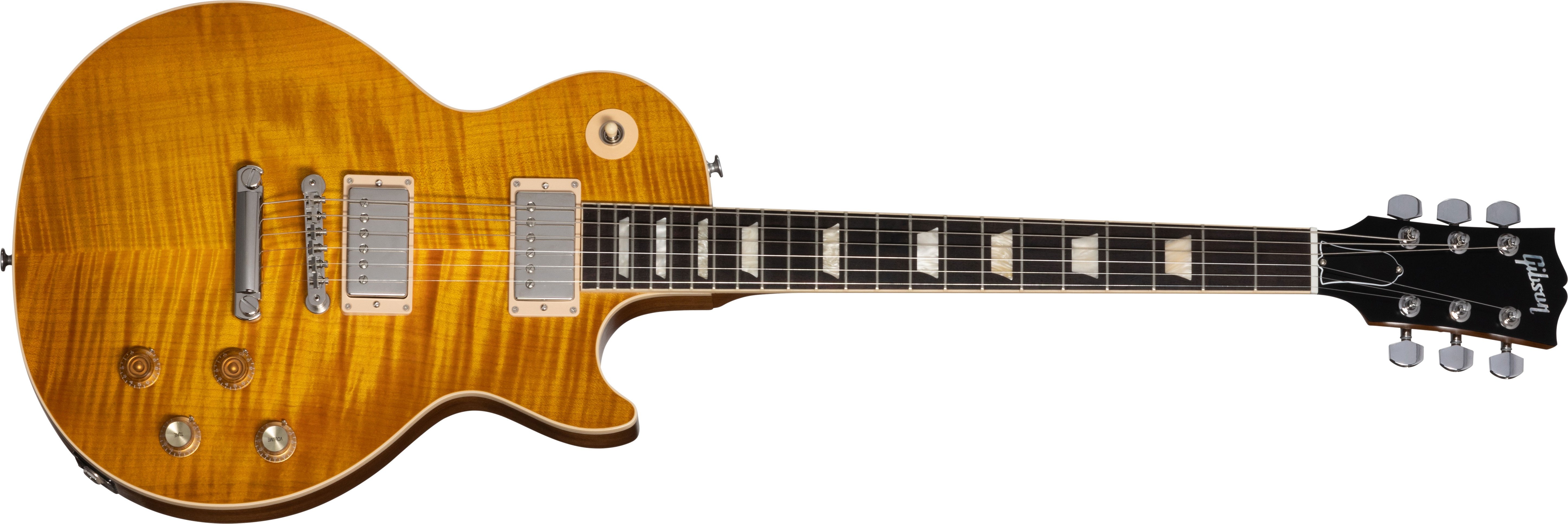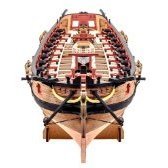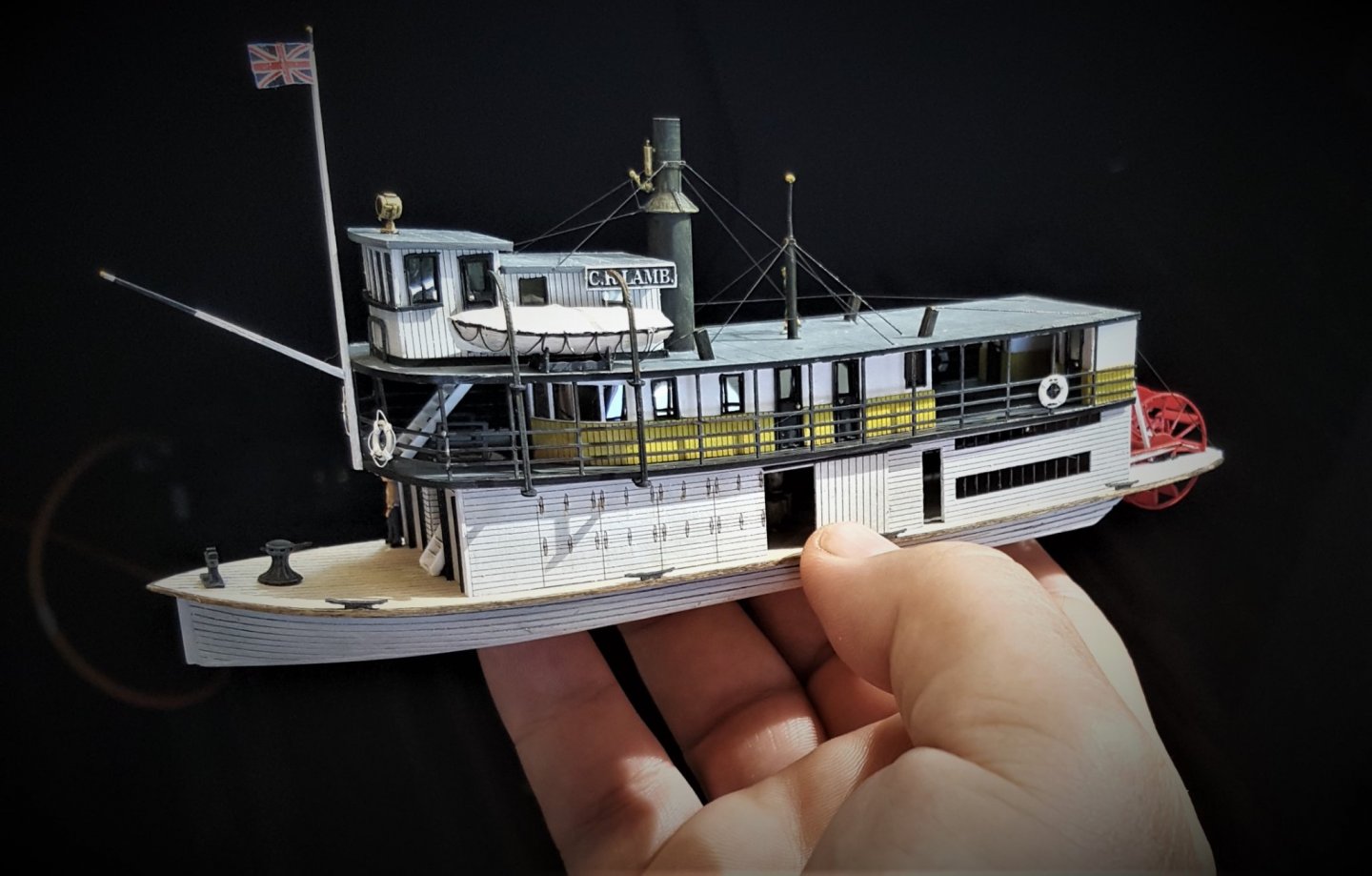-
Posts
6,093 -
Joined
-
Last visited
Content Type
Profiles
Forums
Gallery
Events
Everything posted by James H
-
She's coming along real quick. Looks like you'll be on the masts before too long.
- 382 replies
-
- Vanguard Models
- Duchess of Kingston
-
(and 1 more)
Tagged with:
-
No way am I jealous of that amazing work, no siree!
- 1,784 replies
-
- winchelsea
- Syren Ship Model Company
-
(and 1 more)
Tagged with:
-
That really is coming to life. I know there's a lot of PE but it does fit beautifully and doesn't take too long. 😍
- 201 replies
-
- Duchess of Kingston
- Vanguard Models
-
(and 1 more)
Tagged with:
-
That looks so very pretty 😊
- 201 replies
-
- Duchess of Kingston
- Vanguard Models
-
(and 1 more)
Tagged with:
-
Good morning Andy, My general background has also been plastic, but I've been doing wood ships since 2001 (with a break of a few years in there too), so it's nice to see someone with a similar background join here. St. Gabriel is a beautiful kit and you really did a corking job on her. Question is....what is next? ❓ Oh, and
-
When I built it, Zulu was the first ship I'd rigged in over 12yrs. I think it took me about 4 or 5 days. At my current pace, after Flirt and Duchess, I'd probably do it in 2 or 3hrs!
- 222 replies
-
- First Build
- Lady Isabella
-
(and 2 more)
Tagged with:
-
`I absolutely love this. That black upper hull, registration number and the overall finish and attention to detail. Amazing that this is a first build.
- 222 replies
-
- First Build
- Lady Isabella
-
(and 2 more)
Tagged with:
-
Hi Yves, A good number of sheets were actually cut from a timber that was unsuitable for purpose, as the grain was too coarse. Very fine parts were crumbling. There seems to have been some miscommunication at the laser plant, and replacements are hopefully expected in these next months. Coronavirus has screwed up Amati's release schedule, and Bismarck was due to be released last November, then it had to be moved to Jan/Feb this year. I remember proof reading the two manuals for it and being very tied for time with it. In retrospect, I could've have had more time! At the moment, I believe Bismarck is their priority and I have to presume production of it has been impacted too, and that will in turn impact Victory. Damn pandemic! 🤢
-
Always nice to see a fellow countryman here 🏴 Whatever you decide to build, I look forward to following it on a build log here.
-
I'm having déjà vu here as I'm about to finish the first three of NINE different 1:64 boats for Chris. With this one you're building, I didn't go for clinker planking simply because I only had one set of parts and didn't want to screw it up 😆
- 70 replies
-
- 22ft Yawl
- Vanguard Models
-
(and 2 more)
Tagged with:
-
This has been a triumph. Your attention to detail is superb.
- 222 replies
-
- First Build
- Lady Isabella
-
(and 2 more)
Tagged with:
-
STAGE 80: COMPONENTS FOR THE FOREARM AND LEFT HAND Work on the left forearm begins by CA'ing the tendon springs into position on the forearm plate... ...which is then screwed to the forearm shaft and the joint added to the top. Connectors are supplied to fit the previous finger onto the hand. Until pack 9, that's it!
-
STAGE 79: PARTS LEFT SECOND (MIDDLE) FINGER AND ARM Another finger to build and fit to the hand! One tip...I find it's easier to slide the neoprene tube into the joint from behind, and THEN push the main metal pin through it to expand the neoprene whilst in situ. CA is used to glue a plastic cap to the opposite side. The elbow joint is now completed and fitted to the left upper arm, completing that assembly.
-
STAGE 77: BUILD THE FIRST FINGER OF THE LEFT HAND Not too much to do here. The left arm joint is saved over for a subsequent stage, but another finger is assembled as per the ones for the right hand side hand. These joints pivot nicely and are tight as they may need to hold a plasma rifle when the model is complete.
-
STAGE 76: FURTHER COMPONENTS FOR THE LEFT UPPER ARM Again, another liner is pushed into the socket on this left arm part, and then the shoulder joint is added. Biceps and triceps now laid in place over the assembly. Both left upper arm parts re now sandwiched together, and screws used to secure the muscles. I found I needed to use a rubber tip hammer to tap the main arm parts together at the shoulder joint, but they did fit nicely after that.
About us
Modelshipworld - Advancing Ship Modeling through Research
SSL Secured
Your security is important for us so this Website is SSL-Secured
NRG Mailing Address
Nautical Research Guild
237 South Lincoln Street
Westmont IL, 60559-1917
Model Ship World ® and the MSW logo are Registered Trademarks, and belong to the Nautical Research Guild (United States Patent and Trademark Office: No. 6,929,264 & No. 6,929,274, registered Dec. 20, 2022)
Helpful Links
About the NRG
If you enjoy building ship models that are historically accurate as well as beautiful, then The Nautical Research Guild (NRG) is just right for you.
The Guild is a non-profit educational organization whose mission is to “Advance Ship Modeling Through Research”. We provide support to our members in their efforts to raise the quality of their model ships.
The Nautical Research Guild has published our world-renowned quarterly magazine, The Nautical Research Journal, since 1955. The pages of the Journal are full of articles by accomplished ship modelers who show you how they create those exquisite details on their models, and by maritime historians who show you the correct details to build. The Journal is available in both print and digital editions. Go to the NRG web site (www.thenrg.org) to download a complimentary digital copy of the Journal. The NRG also publishes plan sets, books and compilations of back issues of the Journal and the former Ships in Scale and Model Ship Builder magazines.





